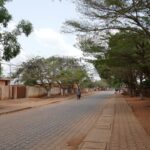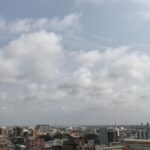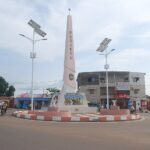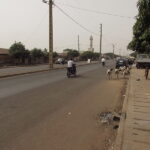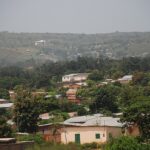Porto-Novo
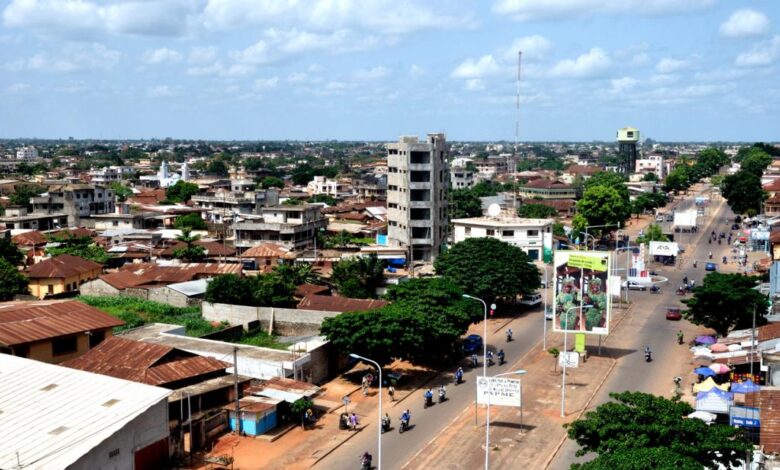
Porto-Novo, the capital city of Benin, is situated along the Gulf of Guinea in the western region of Africa.
Found at the utmost southeastern tip of the country, it is positioned on a coastal lagoon and is believed to have been established in the late 16th century. Originally named Ajase, the city served as the capital of the Yoruba state of Popo. Subsequently, it transformed into the focal point of the Porto-Novo kingdom, thriving notably through the slave trade with the Portuguese. Some remnants of ancient African palaces can still be found, alongside numerous colonial-style structures, including the historic Portuguese cathedral.
Map view
More information
| ID |
|---|
| 9809 |
| Name |
| Porto-Novo |
| State ID |
| 3080 |
| State Code |
| OU |
| State Name |
| Ouémé Department |
| Country ID |
| 24 |
| Country Code |
| BJ |
| Country Name |
| Benin |
| Latitude |
| 6.49646000 |
| Longitude |
| 2.60359000 |
| WikiData ID |
| Q3799 |
